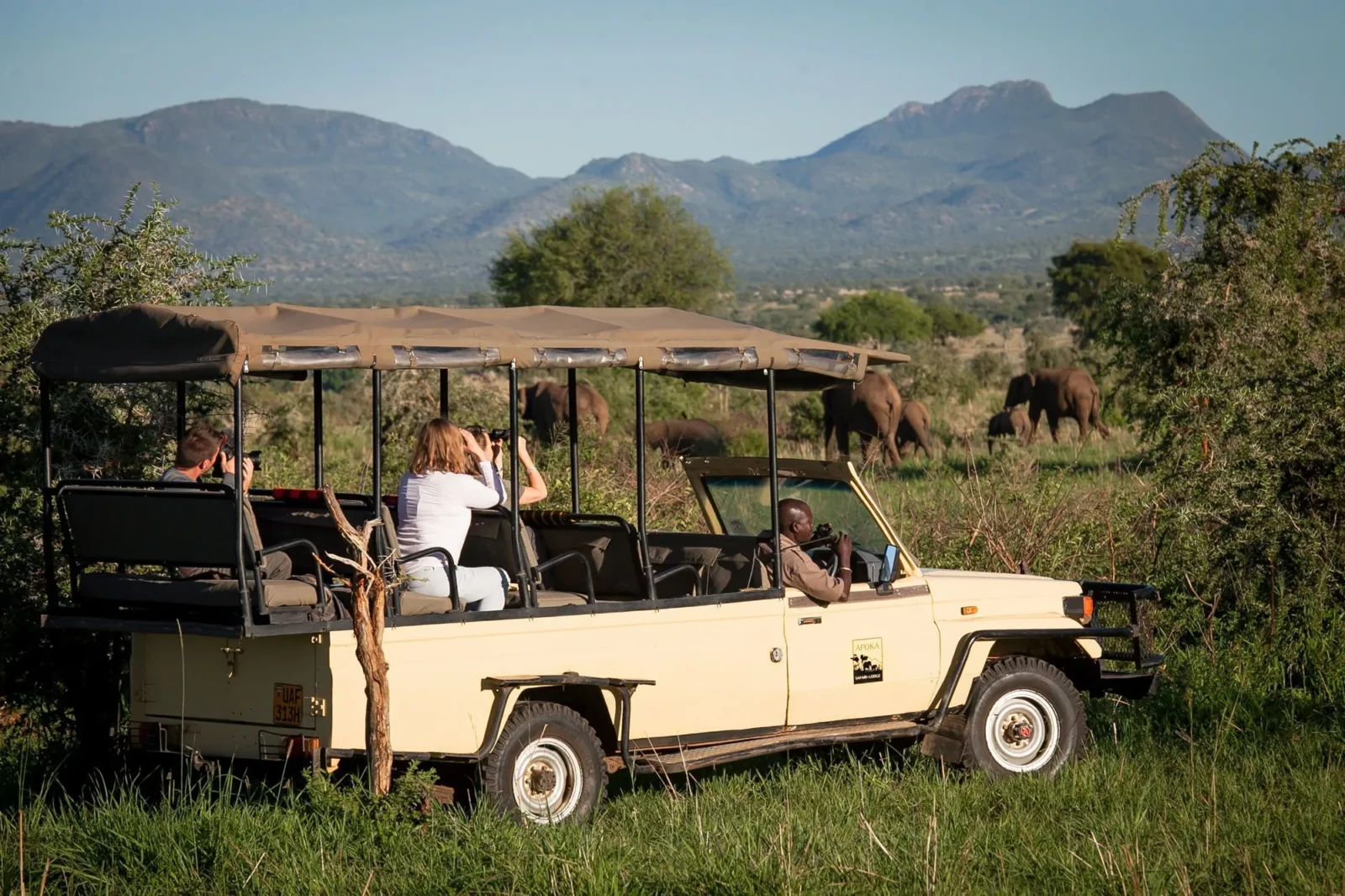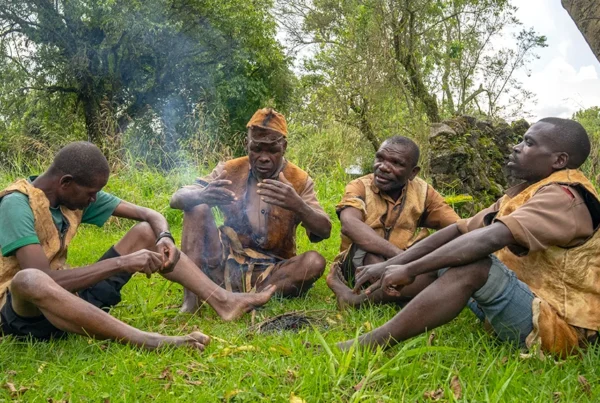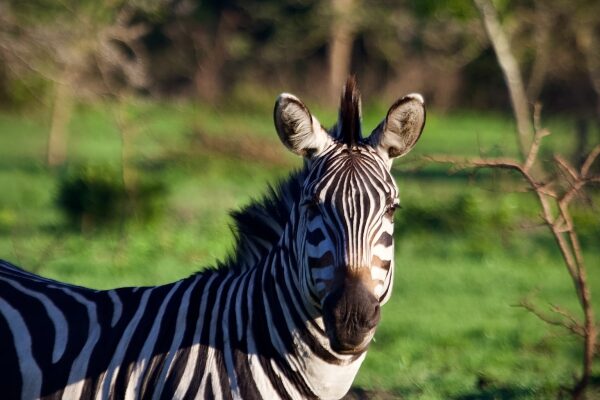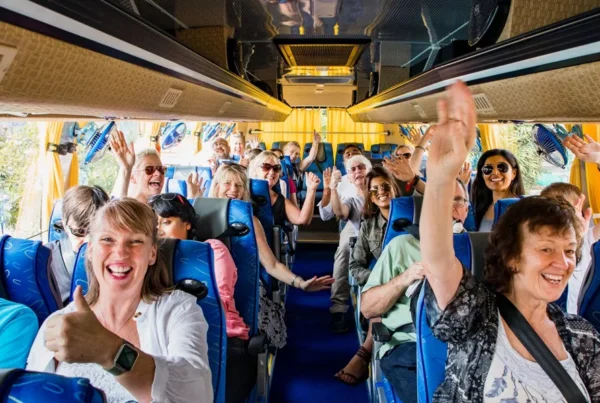How to Wildlife Photography Tips in Kidepo Valley National Park — Local’s Guide on a Budget
Framing the Wild Heart of Uganda
Deep in the northeastern corner of Uganda lies Kidepo Valley National Park, a destination often hailed as the most remote yet most rewarding of all the country’s protected areas. Its vast golden savannas stretch endlessly beneath jagged mountain ranges, while herds of wildlife roam freely in an atmosphere of untouched wilderness. For photographers, the park is a dream come true. Every horizon seems to hold a scene worth capturing, every sunrise paints the land in colors beyond imagination, and every encounter with wildlife is raw, authentic, and unscripted.
For those traveling on a budget, Kidepo might seem like an unattainable paradise, reserved for luxury adventurers with deep pockets. Yet the reality is different. With careful planning and local knowledge, the park opens itself generously to budget travelers who wish to master wildlife photography without spending extravagantly. This guide provides practical insight, local tips, and creative approaches that empower travelers to frame Kidepo’s magnificence while remaining mindful of cost.
The Photographic Richness of Kidepo Valley
The park is home to a unique composition of landscapes and wildlife that distinguishes it from other Ugandan destinations. Its isolation has preserved habitats in pristine condition, where species such as cheetahs, ostriches, and bat-eared foxes roam alongside lions, elephants, and buffalo. The Narus Valley, where water remains during the dry season, becomes a photographic stage where large herds gather, offering endless opportunities for wide-angle shots of wildlife against expansive plains.
The Kidepo Valley itself, though more arid, captivates photographers with its dramatic scenery. The seasonal Kidepo River cuts through the valley, lined with doum palms that stand tall like sentinels of the desert. Sunsets here are spectacular, with silhouettes of giraffes or ostriches creating compositions that even the most advanced photographer could not script. These settings allow budget travelers to maximize their photography, as no expensive equipment or guided tours are required to appreciate the grandeur—patience and timing are often enough.
Timing and Light: The Photographer’s Essential Tools
In wildlife photography, timing is everything, and in Kidepo, this truth is amplified. The early mornings and late afternoons present the most favorable light. At dawn, soft golden tones blanket the plains, turning even the simplest composition into a masterpiece. Wildlife is most active in these hours, with predators returning from hunts and herbivores grazing in the cool air. For budget-conscious travelers, mornings also allow longer hours of exploration before the harsh midday sun demands rest.
Evenings present equally rewarding conditions. As the sun lowers, shadows grow longer, and the landscape transforms into a canvas of orange and crimson hues. Herds moving gracefully across the horizon provide dramatic silhouettes that are easily captured even with modest cameras. The mid-day hours, though harsh for photography, can still be useful for experimenting with black-and-white shots, focusing on details like textures of elephant skin or the feathers of ostriches. Local guides often emphasize patience—waiting at a waterhole for the perfect light and animal movement can yield far better photographs than hurried drives across the plains.
Composition and Storytelling: Capturing More than Images
True wildlife photography in Kidepo goes beyond snapping pictures of animals; it is about telling stories of survival, beauty, and wilderness. Local photographers often encourage travelers to think in terms of narrative rather than isolated shots. A herd of buffalo silhouetted against Mount Morungole tells a story of scale and resilience. A close-up of a lion’s gaze framed against the golden grasslands conveys power and dominance. A wide-angle shot of children playing at a village edge with distant giraffes grazing nearby connects people and wilderness in a shared story of coexistence.
Travelers on a budget often make the mistake of over-focusing on big game, but local wisdom suggests shifting attention to smaller subjects as well. Ground squirrels darting across the savanna, hornbills perched on acacia trees, or even the textures of cracked earth in the dry season provide diversity in photography. These details enrich the overall photographic collection, turning it into a multi-layered narrative of Kidepo rather than a repetitive series of animal portraits.
Budget-Friendly Photography Tips: Local Insights
One of the most practical advantages of photographing in Kidepo is that luxury equipment is not always necessary. Many of the park’s most iconic photographic moments rely on composition, light, and patience rather than the latest technology. Locals often advise budget travelers to prioritize basic but essential tools: a reliable camera body, a zoom lens capable of at least 200mm reach, and spare memory cards. Even smartphones, when used creatively with natural light and thoughtful composition, can produce powerful images of the landscapes.
Hiring a local ranger for a guided walk is an affordable way to increase photographic opportunities. Rangers are familiar with animal movements and can position travelers closer to scenes that may otherwise be missed. Their stories about the animals and landscapes often inspire fresh angles and perspectives, ensuring that photographs are more meaningful.
For those unable to afford multiple game drives, choosing one well-timed excursion—early morning or late afternoon—often yields the best results. In between drives, walking within designated safe areas or photographing near lodges offers chances to capture birds, smaller wildlife, and sweeping landscapes without additional costs. Local advice also emphasizes conserving resources: charging equipment during generator hours at lodges, storing batteries properly, and backing up photos regularly to avoid costly mishaps.
The Role of Patience: Waiting for the Perfect Frame
Wildlife photography in Kidepo cannot be rushed. The remoteness of the park ensures that animals are less accustomed to vehicles, often making them more cautious. Solo or budget travelers may not have the luxury of chasing every sighting, but patience becomes the most valuable tool. Waiting quietly by the Narus Valley waterholes often rewards photographers with intimate moments: elephants playing in the mud, antelopes cautiously approaching to drink, or lions lounging in the shade nearby.
Local guides often advise practicing the art of “anticipating behavior.” By watching carefully, photographers can predict when a bird is about to take flight, when a giraffe is lowering its head to drink, or when a lion cub is about to pounce on its sibling in play. Anticipation, rather than rapid shooting, creates images that capture action in its peak moment and reduces the need for expensive high-speed cameras.
Balancing Cost with Experience: Making Every Shilling Count
Traveling to Kidepo Valley on a budget demands thoughtful planning, but the rewards are immense. Group transport or shared tours from Kampala significantly reduce costs, and many budget-friendly lodges around the park provide affordable yet comfortable stays. The sanctuary of the park itself requires no extravagance to be appreciated—the wildlife, the landscapes, and the light provide all the luxury needed for meaningful photography.
Local communities around the park also play a role in budget travel. Interacting with them provides cultural photography opportunities, as traditional dances, homesteads, and markets add a human dimension to the photographic journey. Supporting community-run initiatives not only stretches the budget but also enriches the storytelling aspect of the photographic collection.
Capturing Kidepo’s Spirit on a Budget
Kidepo Valley National Park remains one of Africa’s most spectacular yet least crowded destinations, offering wildlife photographers the chance to capture scenes of raw wilderness without distraction. For those on a budget, the park proves that extraordinary photography is not dependent on luxury spending but on creativity, patience, and a willingness to embrace the rhythm of nature. From golden light bathing the Narus Valley to dramatic encounters with lions, elephants, and ostriches, every moment in Kidepo holds potential for timeless images.
Travelers who approach photography with a storyteller’s eye rather than a consumer’s mindset will find that Kidepo gives generously. Every captured frame becomes not just a picture but a memory, a lesson, and a tribute to the enduring beauty of Uganda’s wild northeast.
To ensure that this adventure is not only budget-friendly but also expertly guided, it is recommended that travelers plan their safari through professionals who understand both the land and its rhythms. Booking African tours and safaris with WildHorn Africa guarantees not only affordability but also access to skilled guides, thoughtful itineraries, and a chance to unlock the full photographic potential of Kidepo Valley National Park.





 WildHorn Africa – Authentic and unforgettable tours across Africa, guided by local experts who know the land, wildlife, and culture best.
WildHorn Africa – Authentic and unforgettable tours across Africa, guided by local experts who know the land, wildlife, and culture best.


